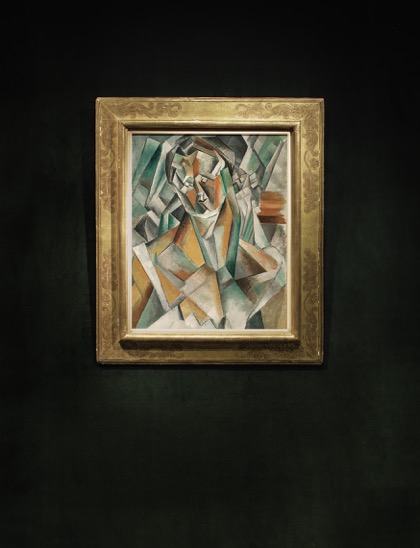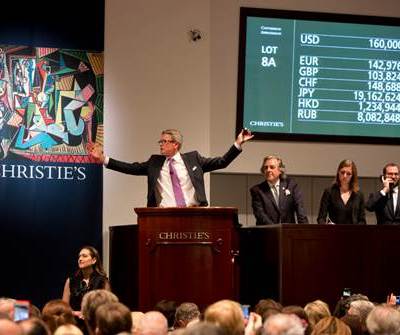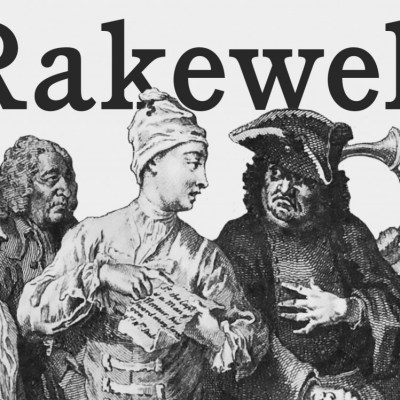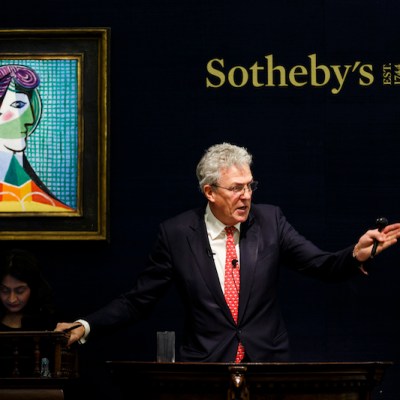Auction-house hype has become such a commonplace that it comes as a surprise to find any extravagant claim entirely justified. When Sotheby’s announced the sale of Picasso’s Femme Assise before unveiling it in New York ahead of the London auction on 21 June, the 1909 canvas was hailed as ‘the most important Cubist painting to come to auction in decades’. Helena Newman, Sotheby’s level-headed Global Co-Head of Impressionist & Modern Art, went further by describing it as ‘one of the artist’s greatest masterpieces to be sold in a generation’.
What this painting has is impeccable art-historical credentials. If it is agreed that Cubism is the most influential of all 20th-century art movements, this complex and highly resolved painting – executed at a time when both Picasso and Braque were formulating a radical new formal language based on shifting viewpoints and rendering volume or mass in terms of flat, faceted planes – represents a seminal moment in the evolution of modern art. It could be argued, however, that its importance is less as an individual ‘masterpiece’ than as part of a critical series of drawings, paintings, photographs and sculpture focusing on a single subject and investigating a single idea.
That subject was Picasso’s model and companion Fernande Olivier, whom the artist took to the remote Catalonian village of Horta de Ebro in the summer of 1909. Picasso treated no other single subject to such scrutiny during these pre-war years, and it may be that these 60 or so busts, half-length and full-length ‘portrait’ studies (in which Fernande appears as part sitter, part motif) constitute the artist’s first series. They were presented as such in the illuminating exhibition ‘Picasso: The Cubist Portraits of Fernande Olivier’, staged in 2003–04 by the National Gallery of Art in Washington after the institution’s acquisition of an early bronze cast of the Cubist clay sculpture Head of a Woman (Fernande) executed in the autumn of 1909.
Femme assise (1909), Pablo Picasso

Femme Assise belongs to a group of five canvases (one of which was destroyed in a fire) in which Fernande’s fleshy soft features have been transformed into hard, angular interlocking forms with a massive, bifurcated neck. These paintings both express the three-dimensionality of the world and emphasize their two-dimensionality as objects, and are the first pure Cubist portraits (Gertrude Stein considered Picasso’s Horta da Ebro landscapes as the first Cubist paintings). Revealingly, their palette reflects the influence of Cézanne’s landscapes. This is an intentional homage to the older artist, as was Picasso’s use of the posed – and somewhat melancholic – model.
Surprisingly few significant Cubist paintings have come to the market in recent years – a Cubist Braque, for instance, has not be seen since 1986 – although Gris’s 1915 Nature Morte a la Nappe a Carreaux sold to Leonard Lauder for £34.8m in 2014. Femme Assise, acquired at Sotheby’s in 1973 for £340,000, now returns to auction without a guarantee and with expectations ‘in excess of £30m’. The estimate is far short of the $100m+ prices notched up for Picasso in recent years – but then this is a Picasso more cerebral than sexy. Helena Newman is more tactful: ‘This is a museum-quality work that sits at the heart of what Picasso is all about and it will appeal to a sophisticated collector of blue-chip 20th-century art. We have had an amazing response from collectors so far.’
Femme assise is to be sold at the Impressionist & Modern Art Evening Sale, Sotheby’s London, 21 June.



